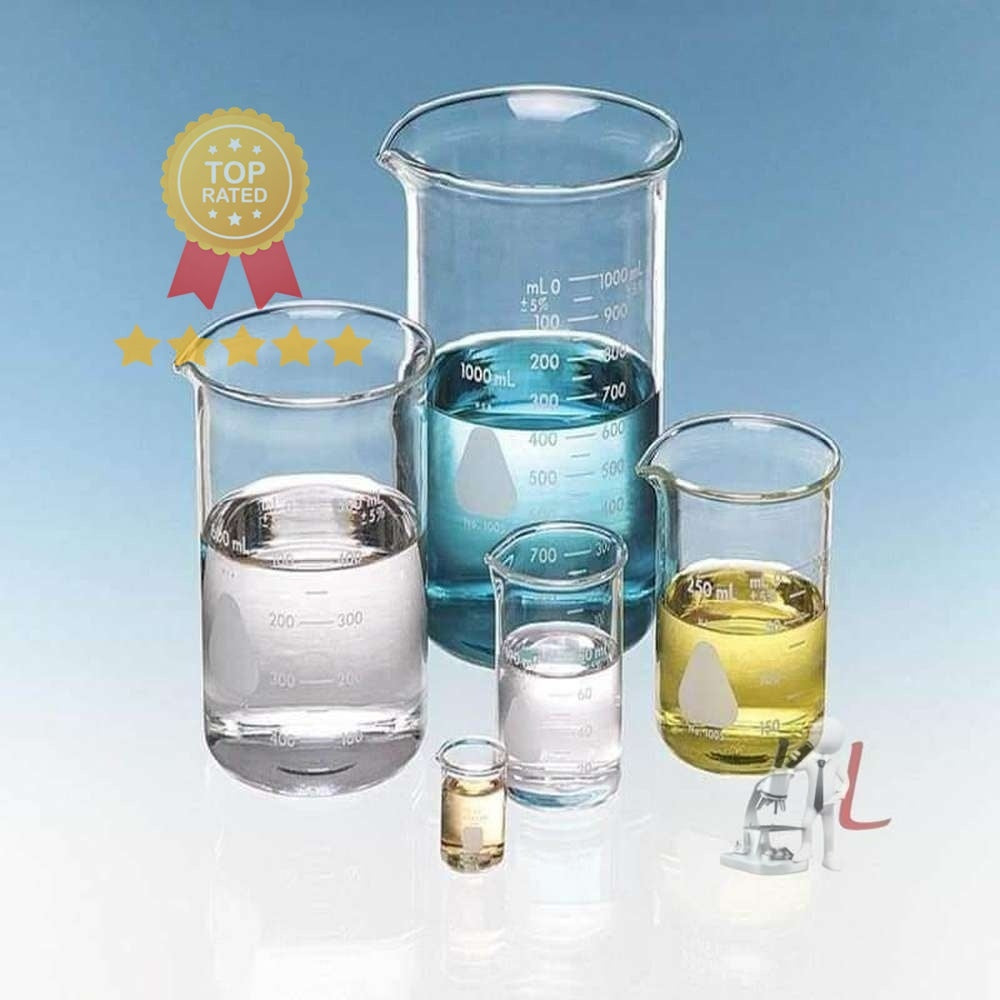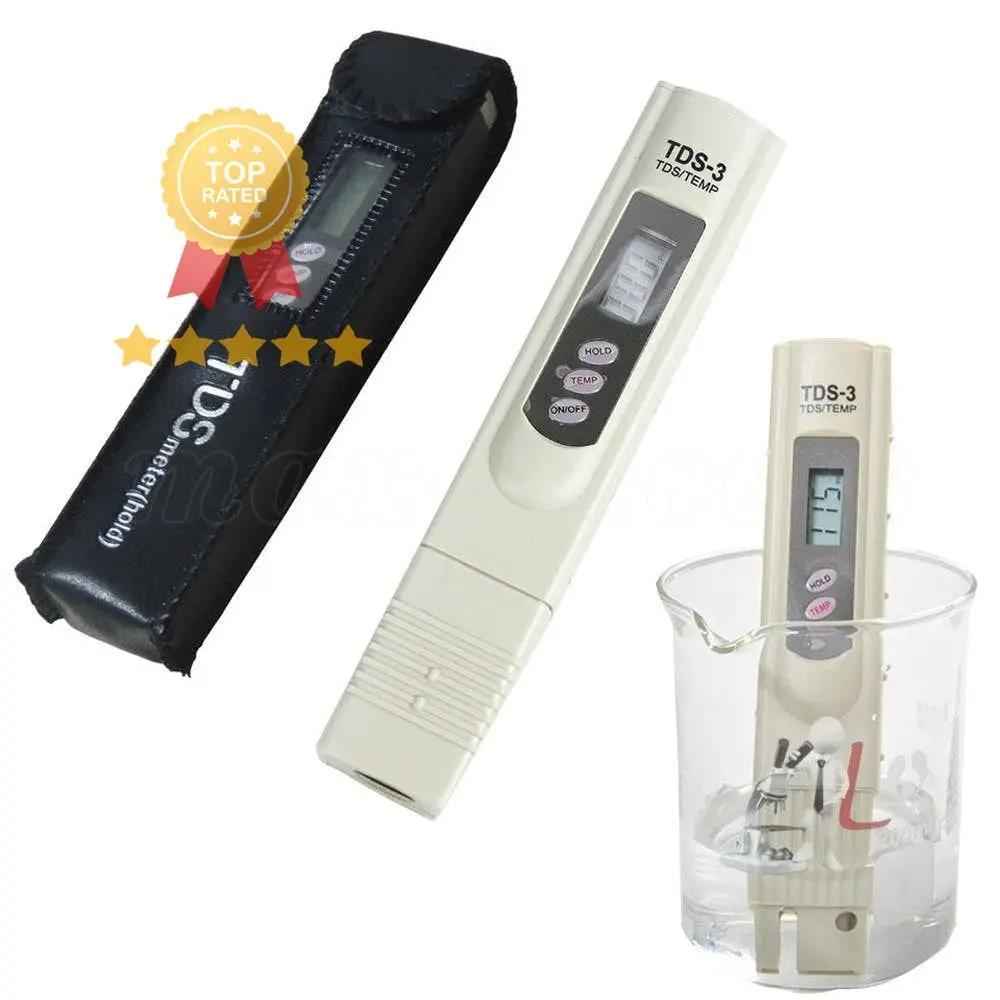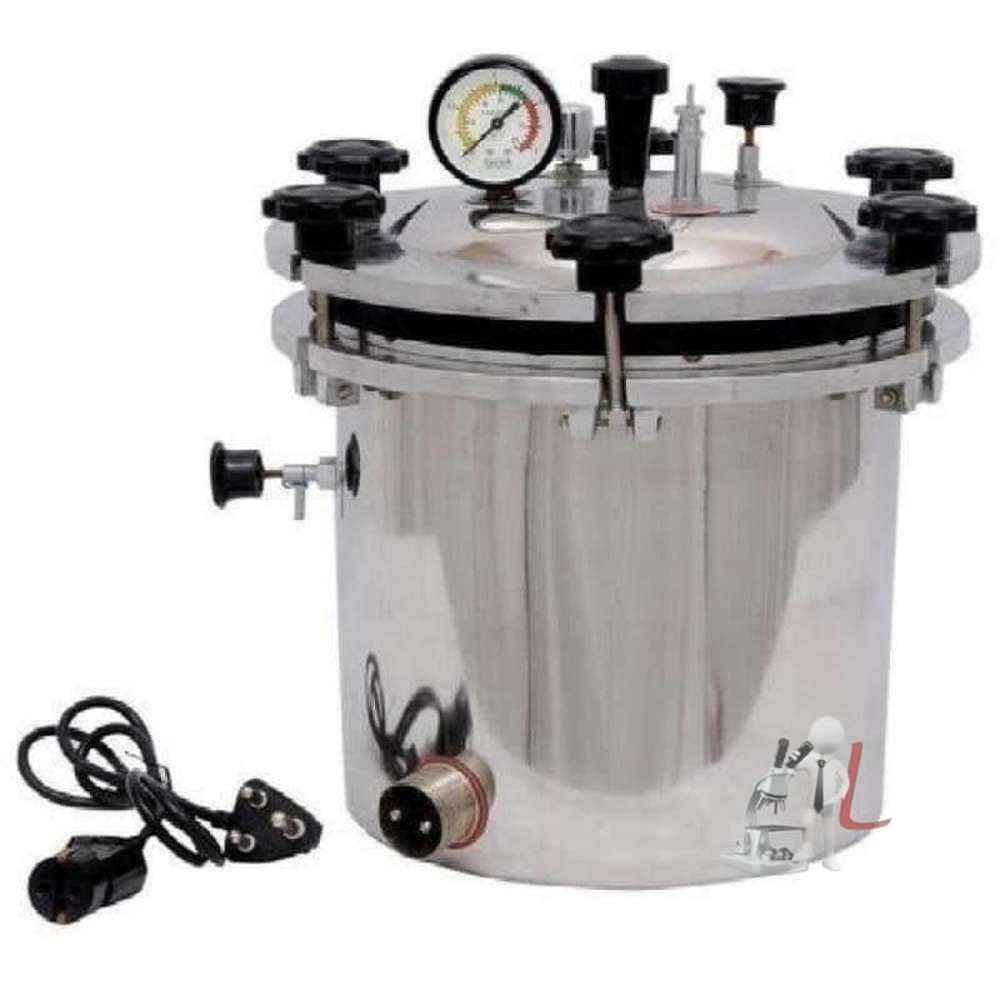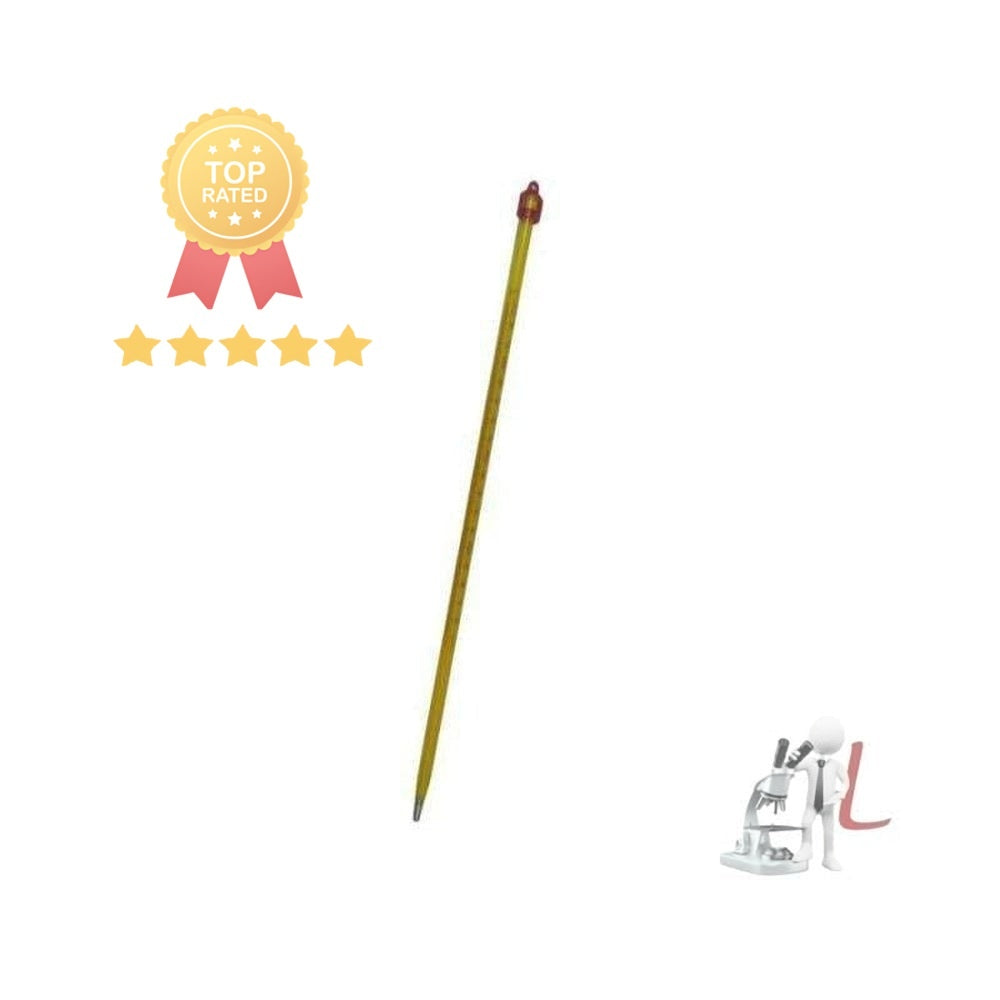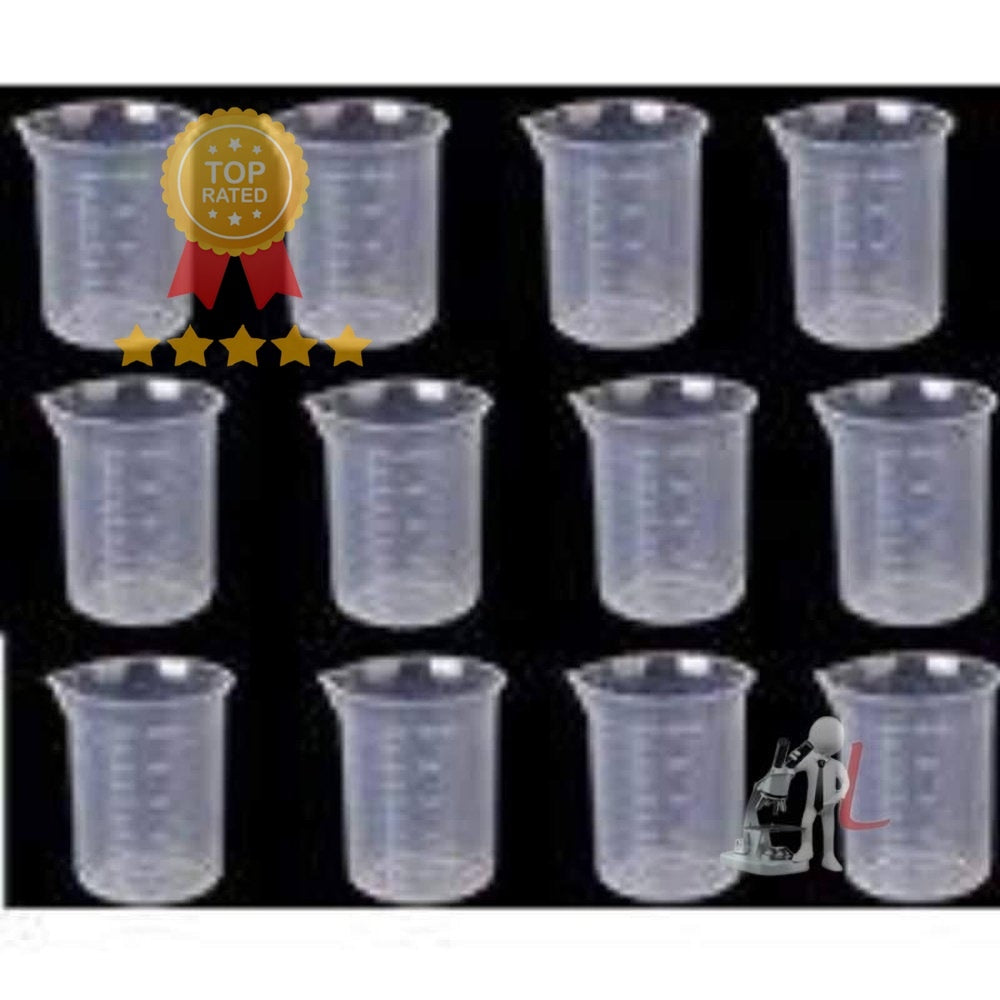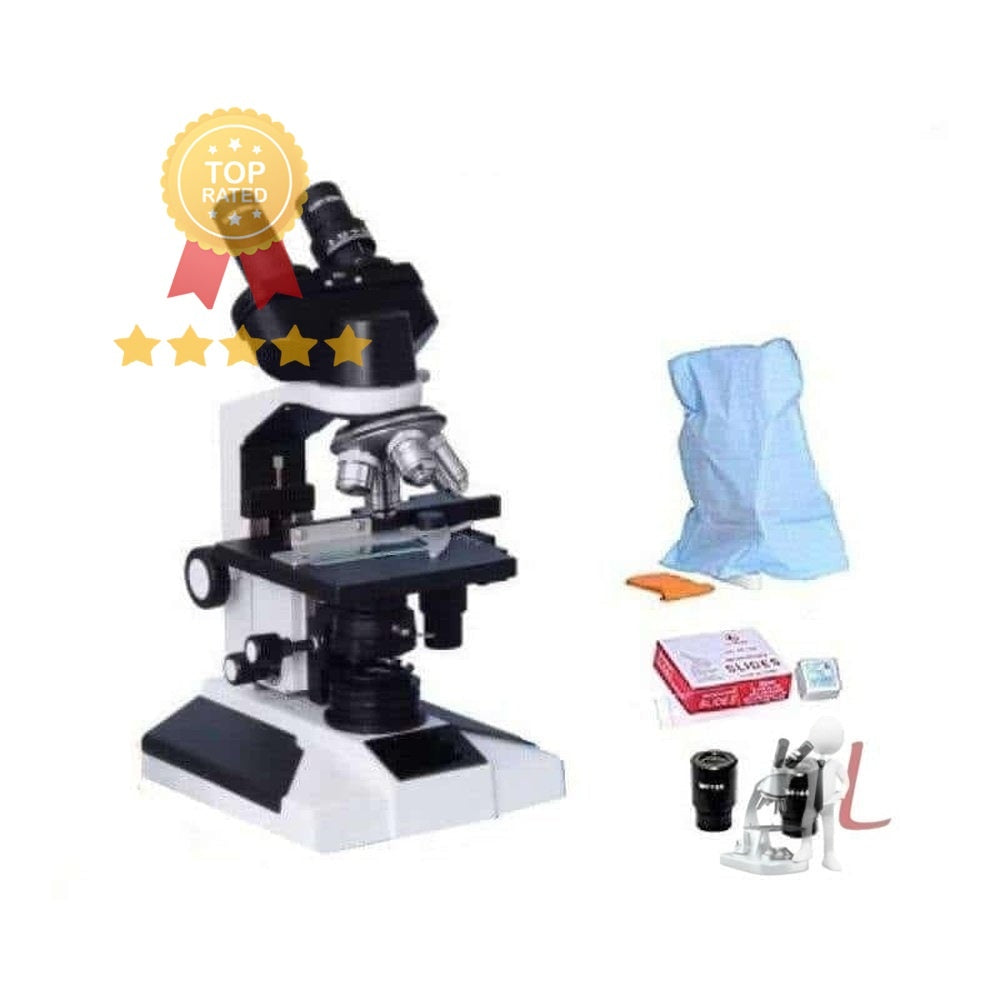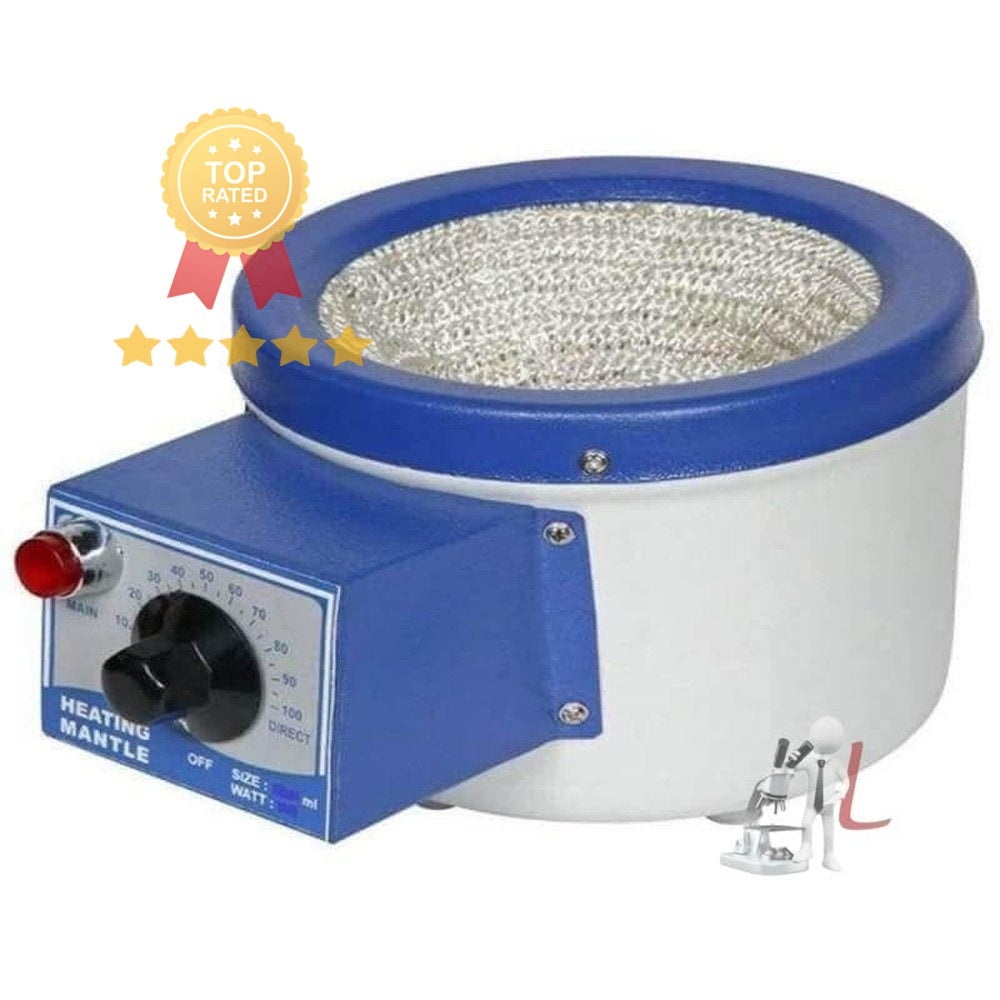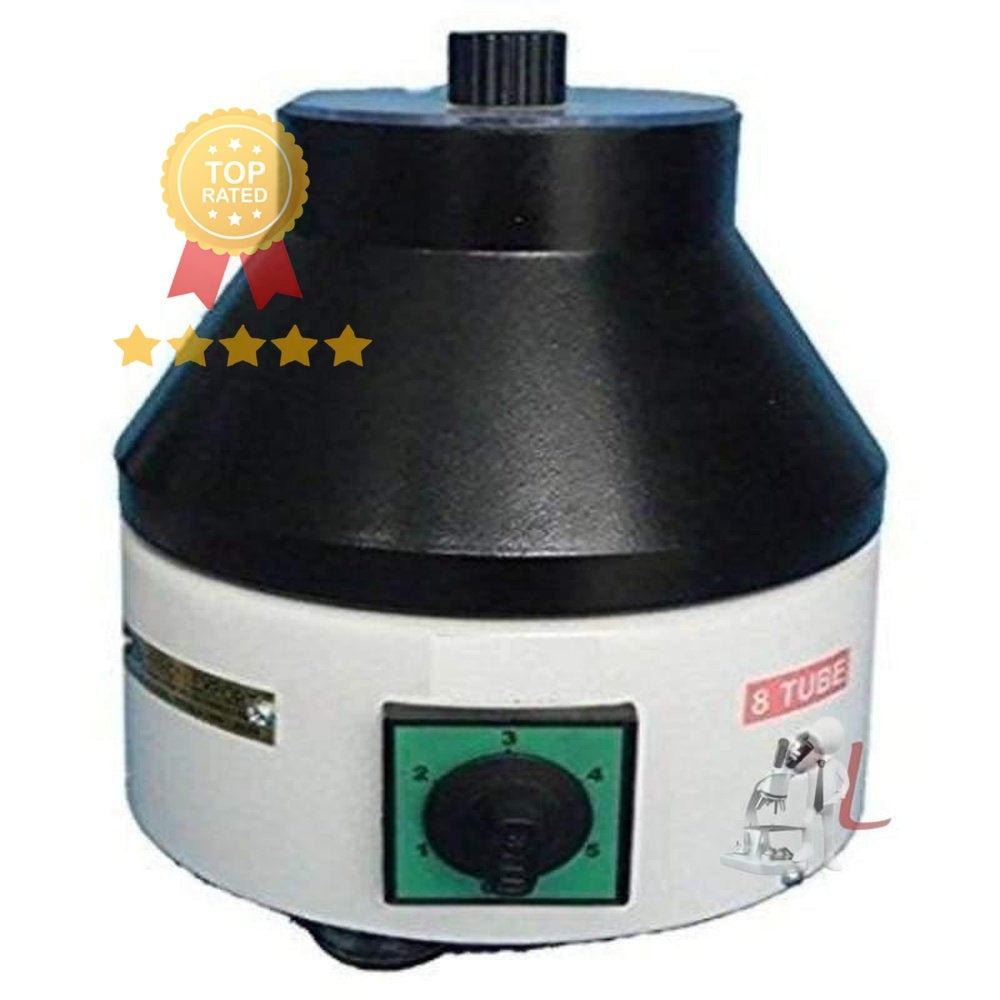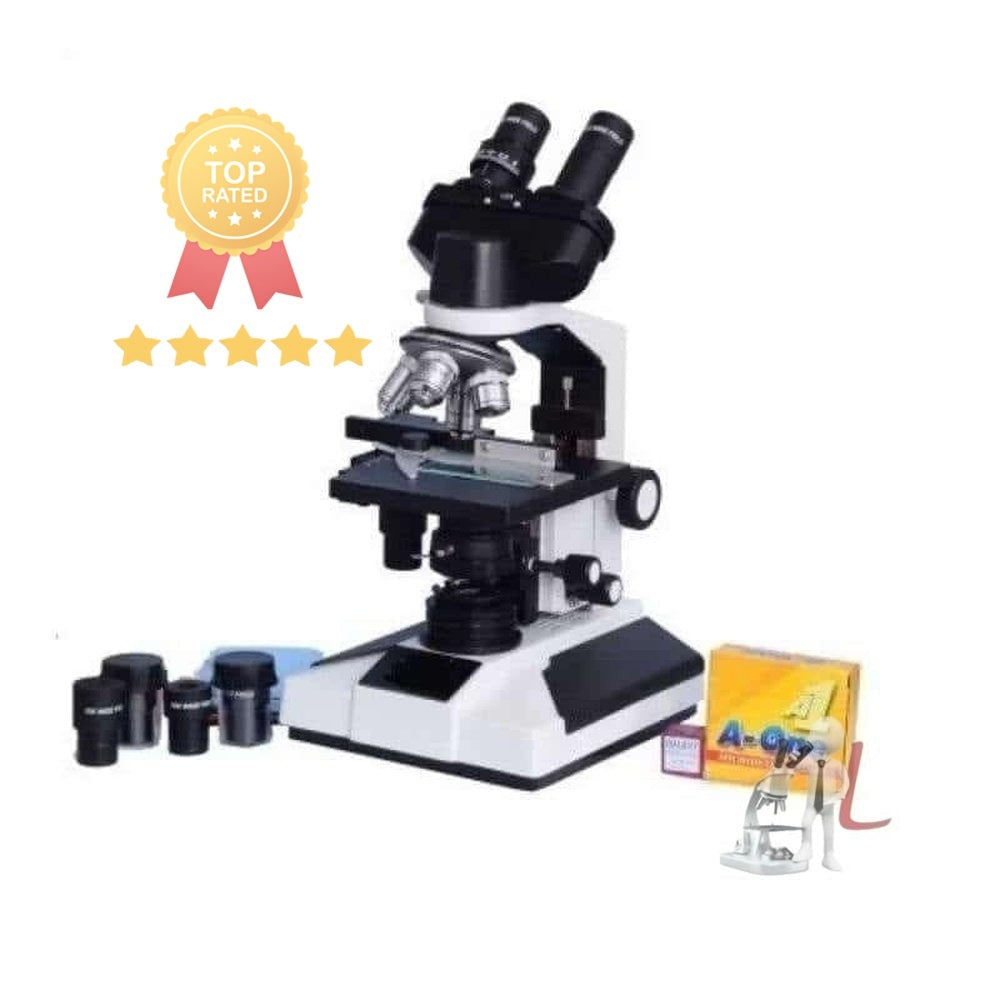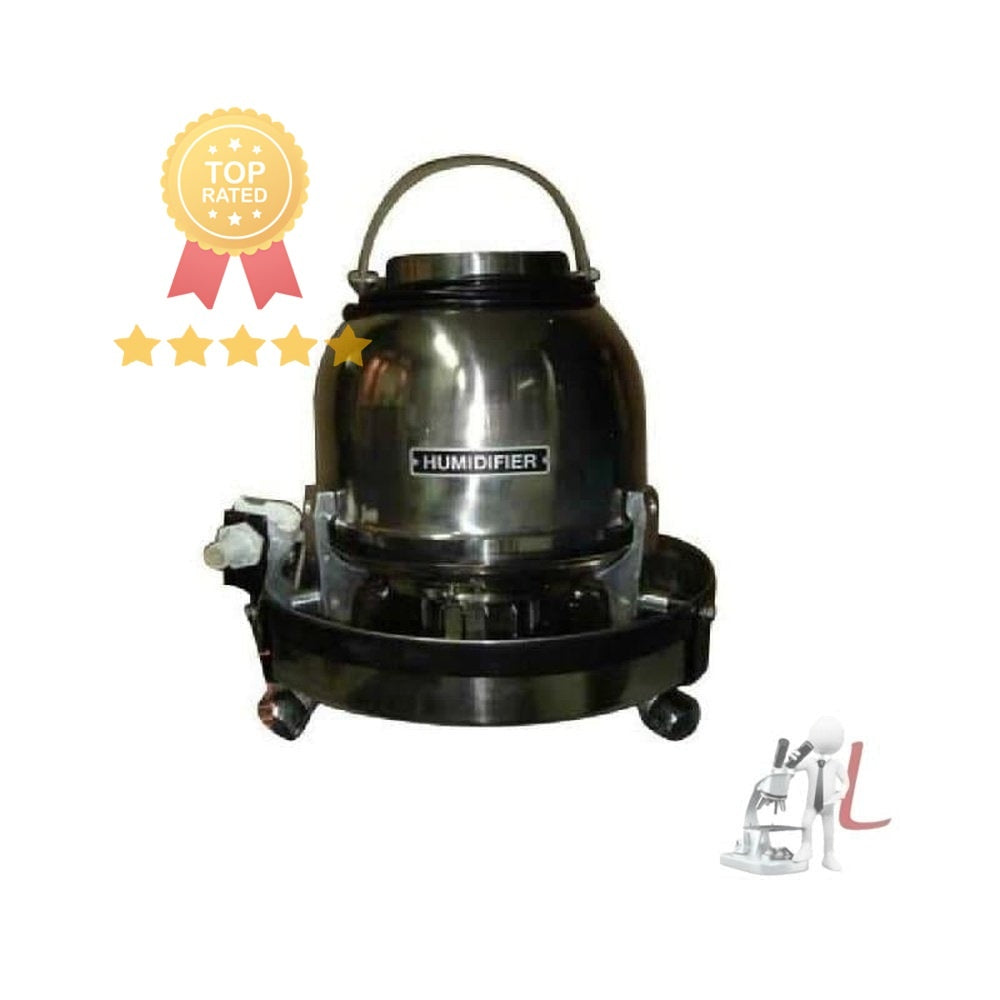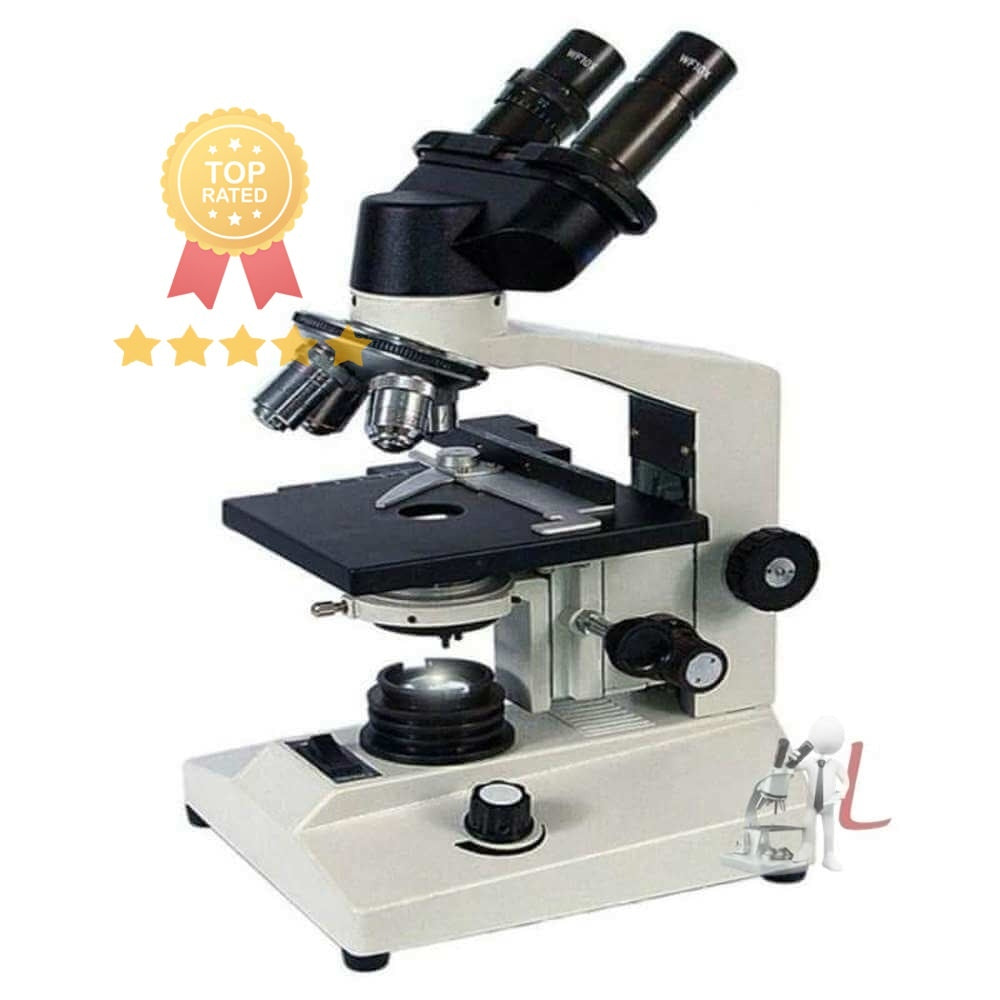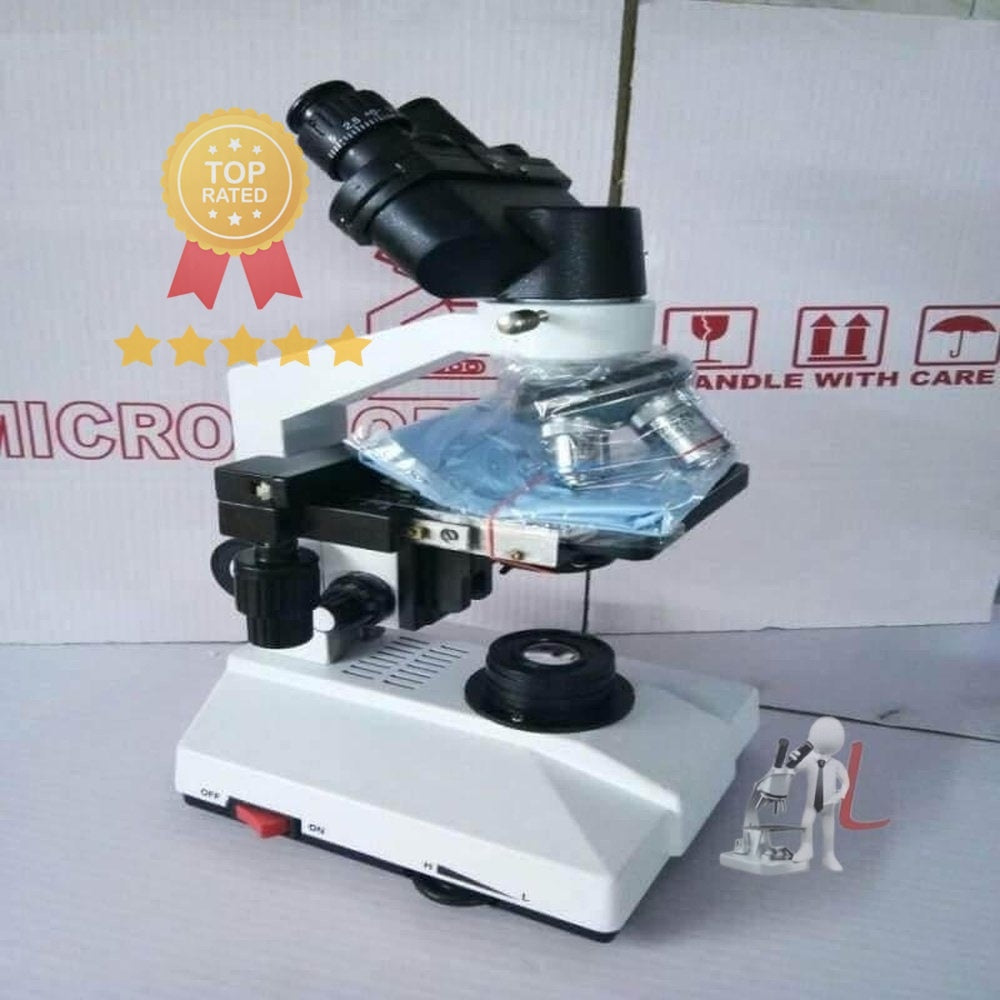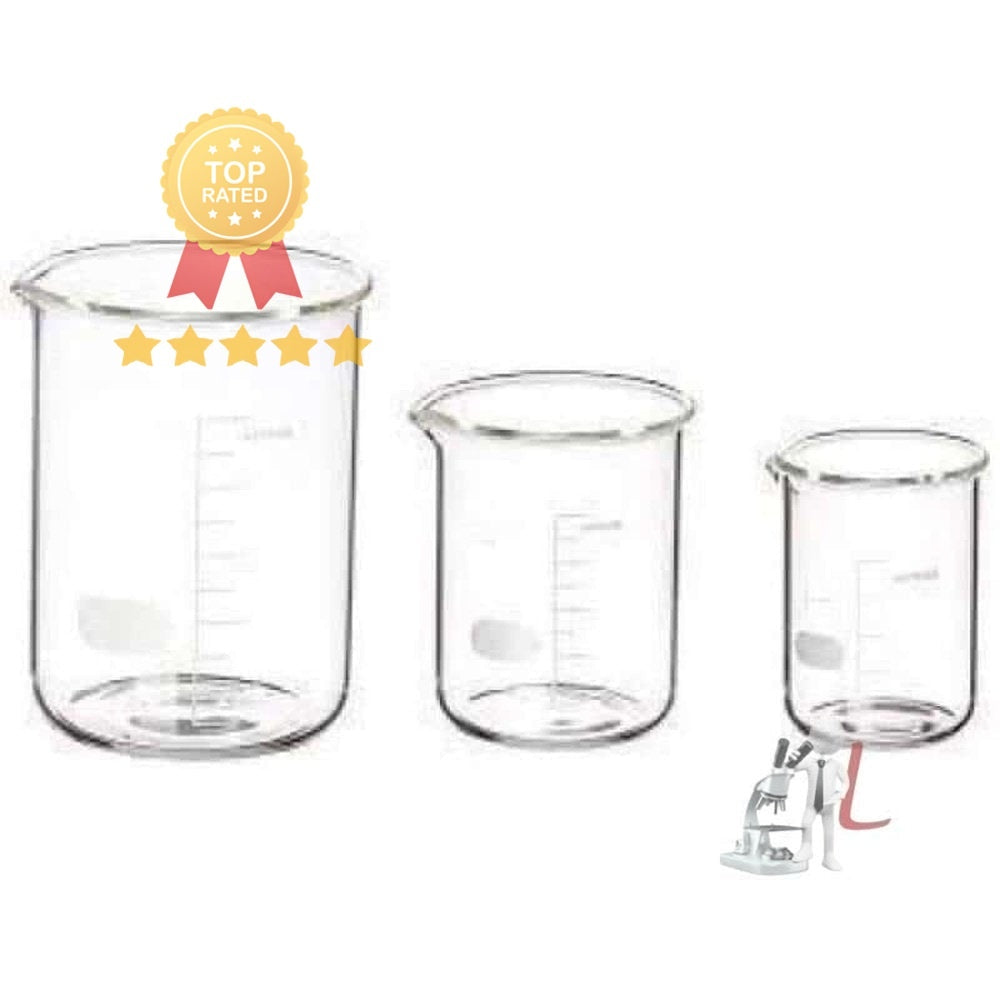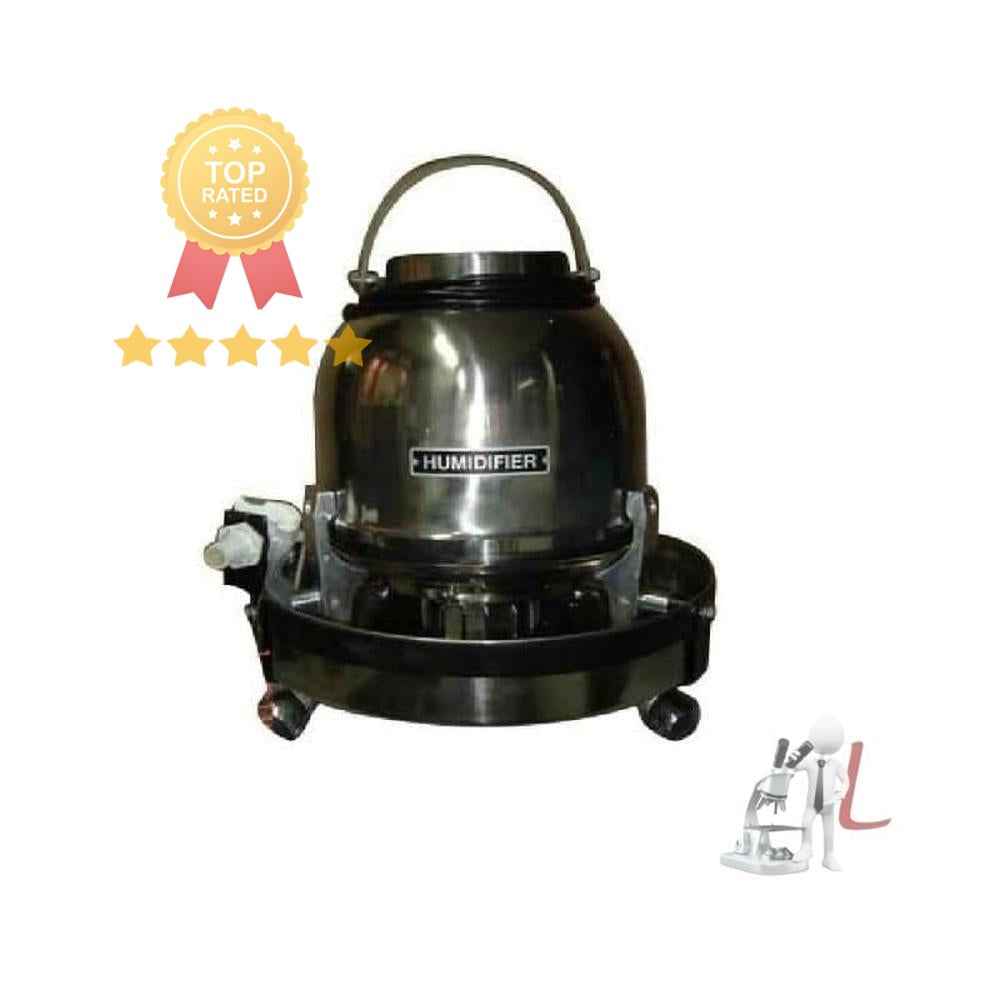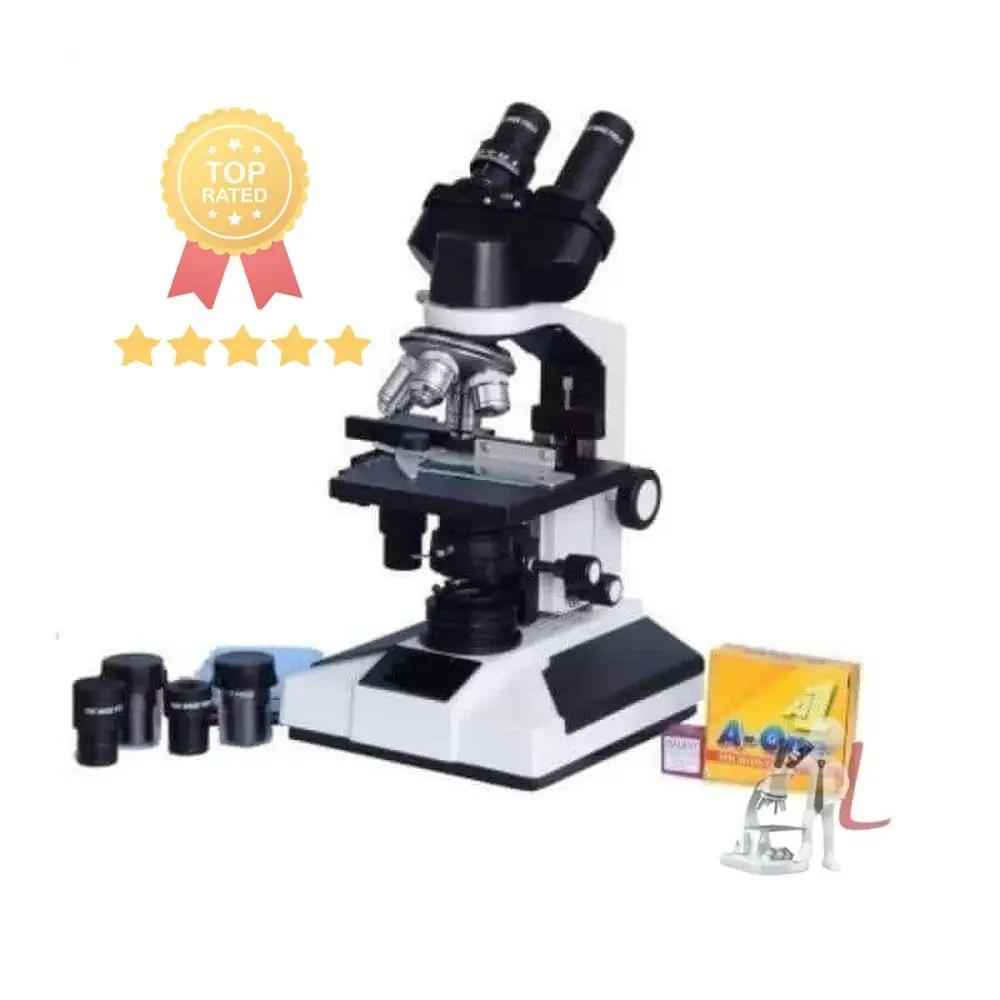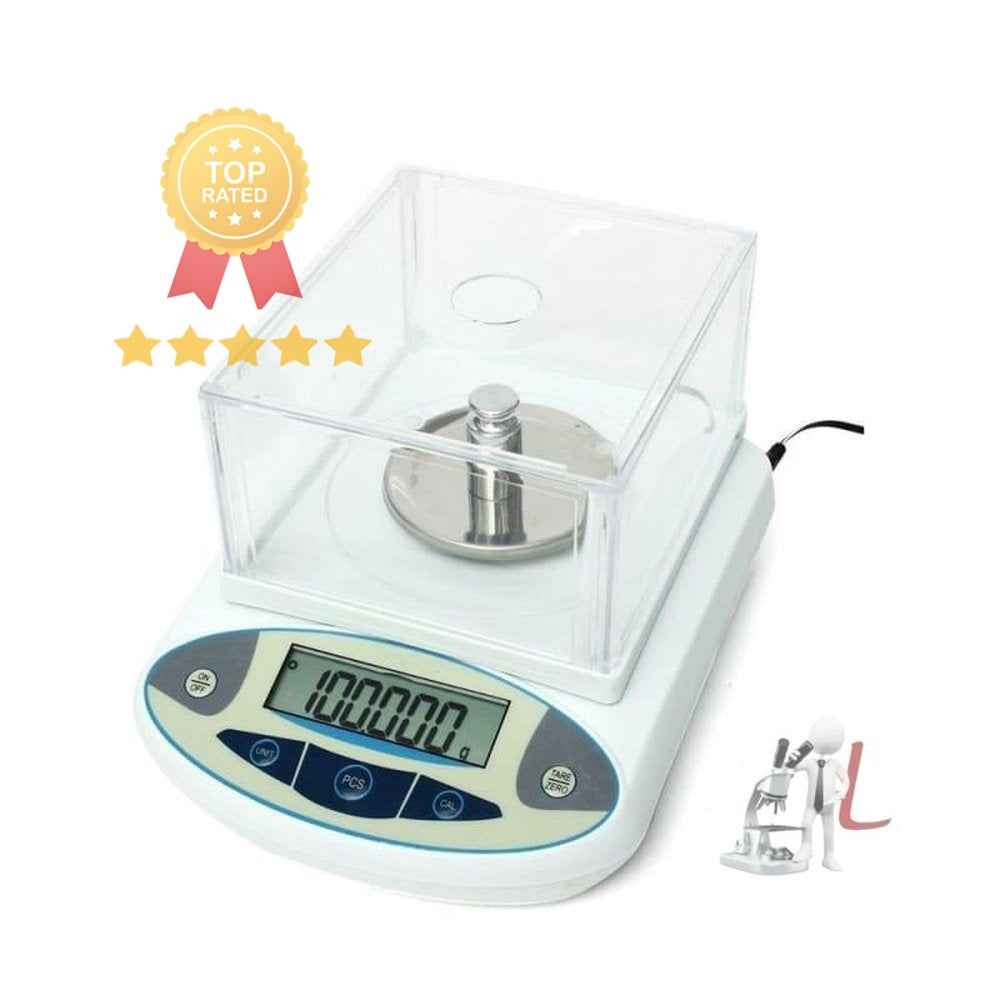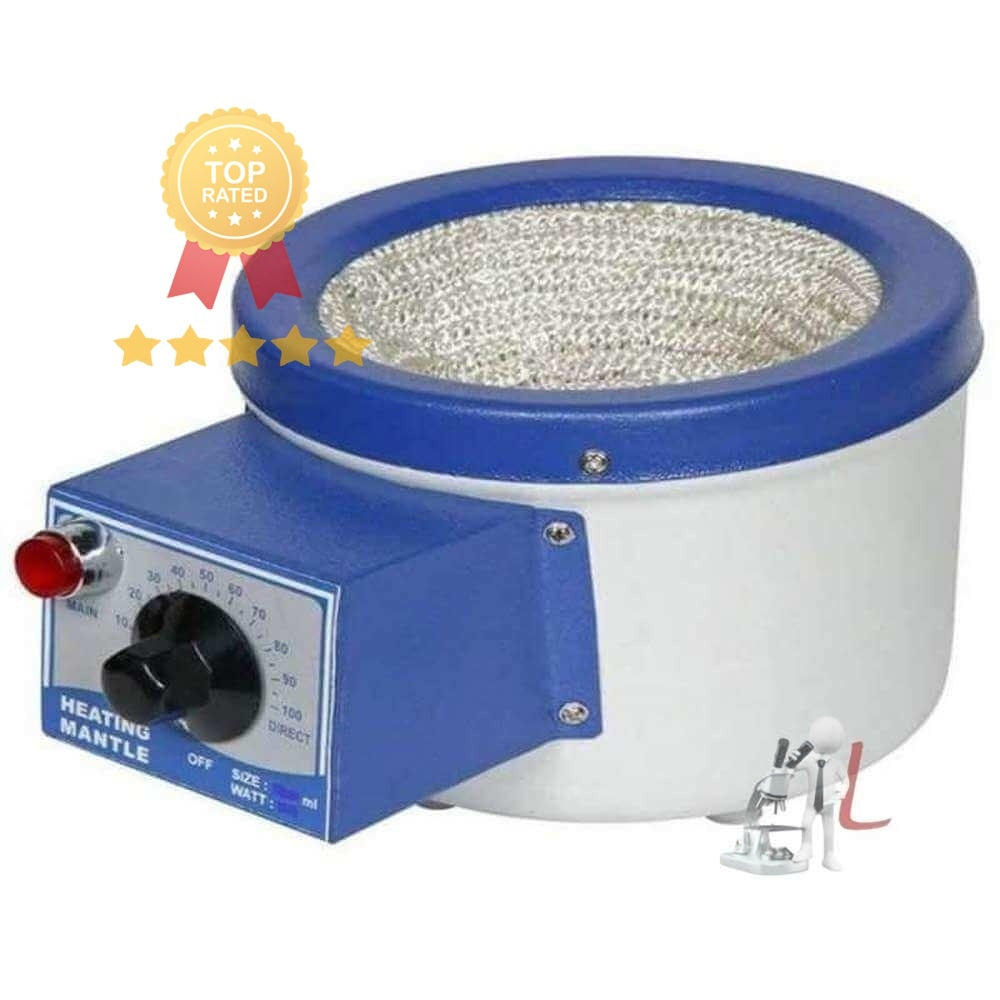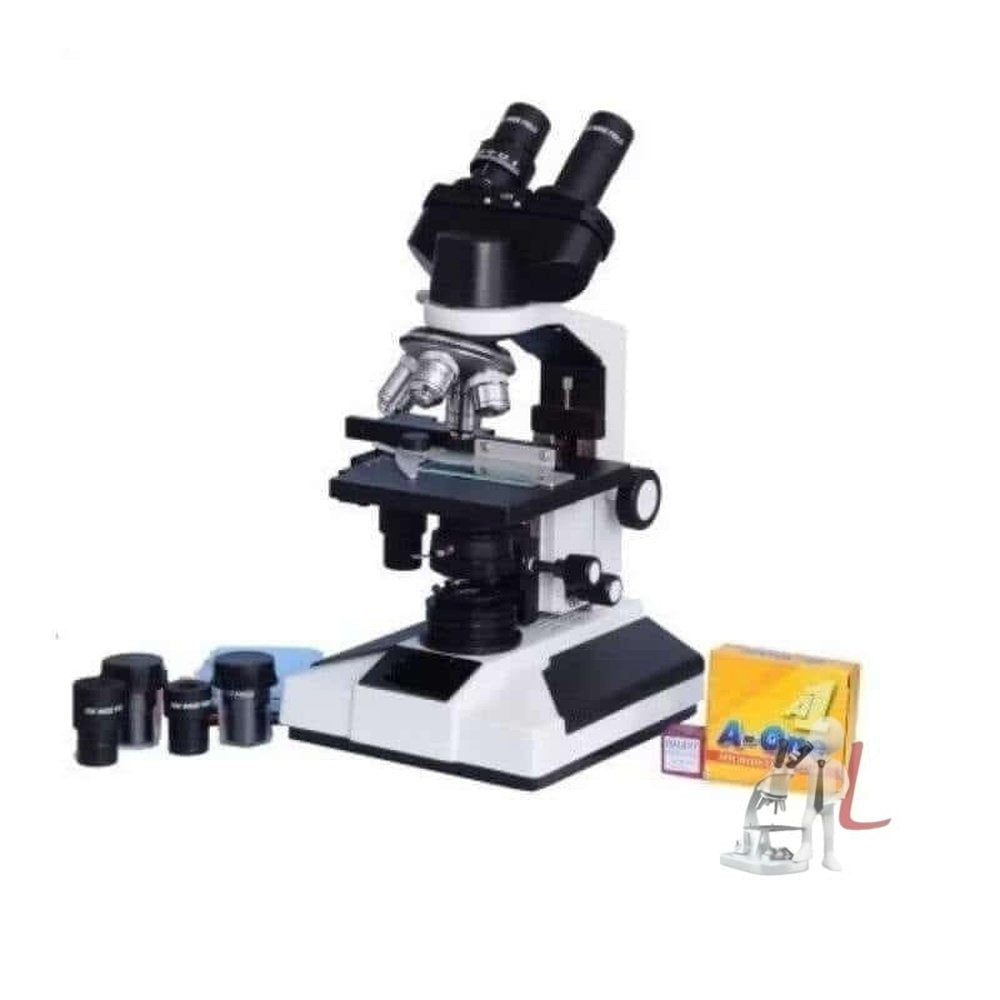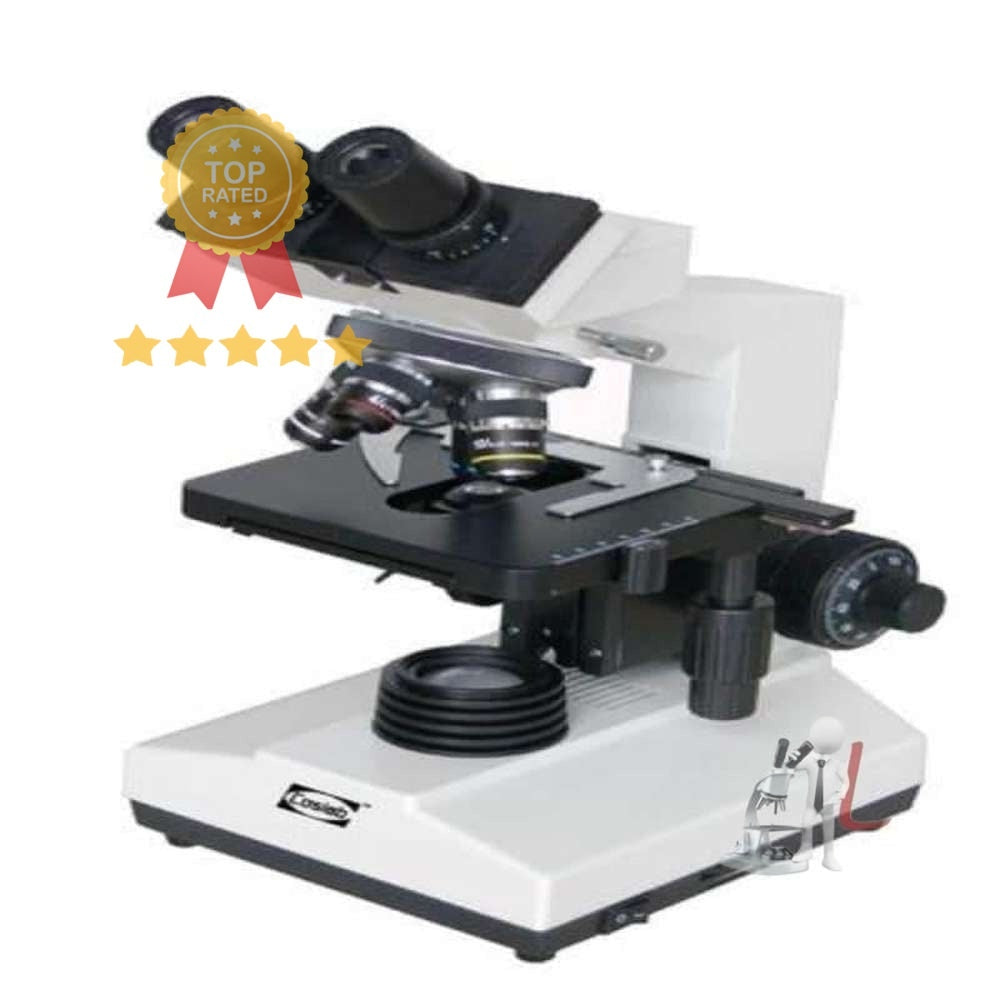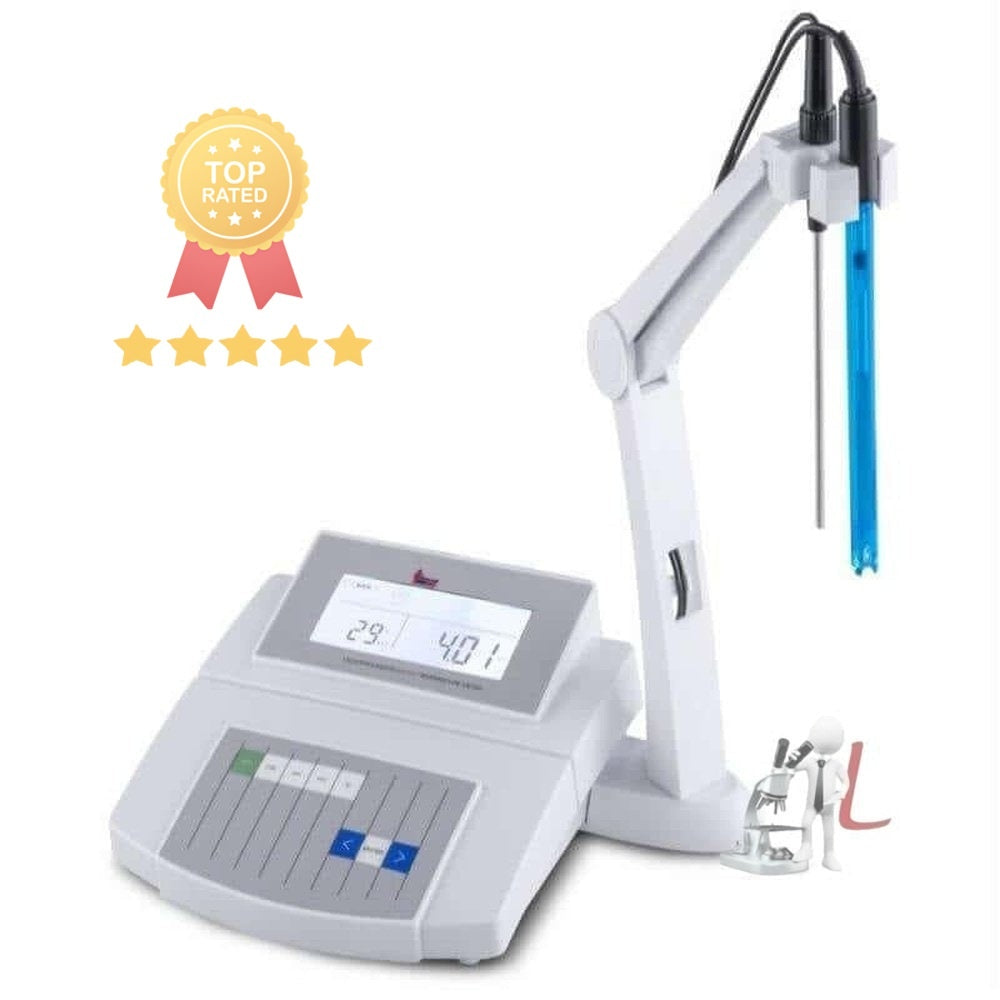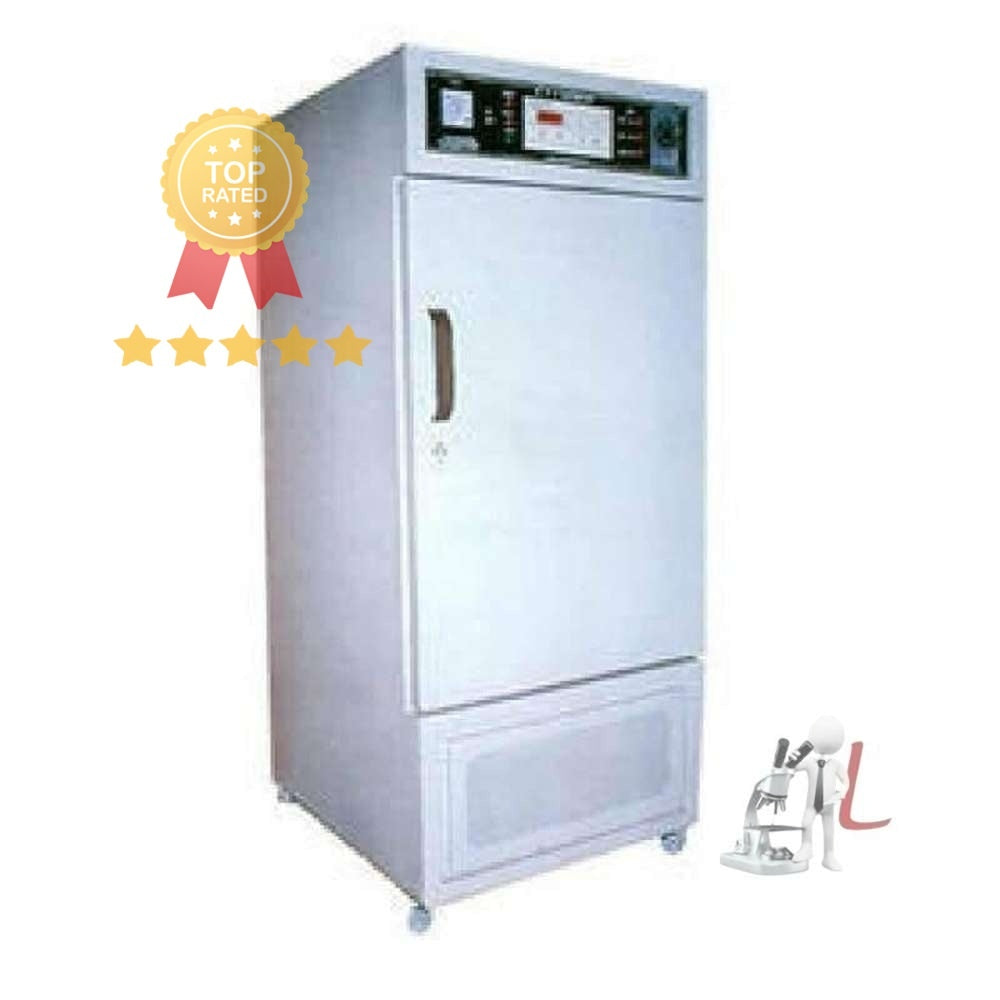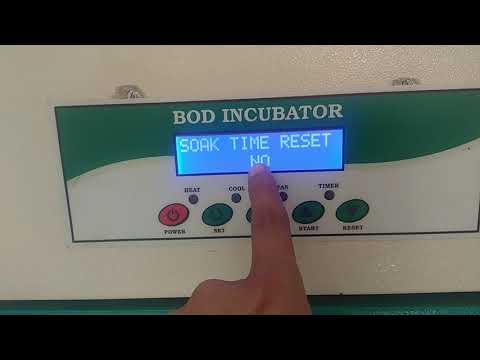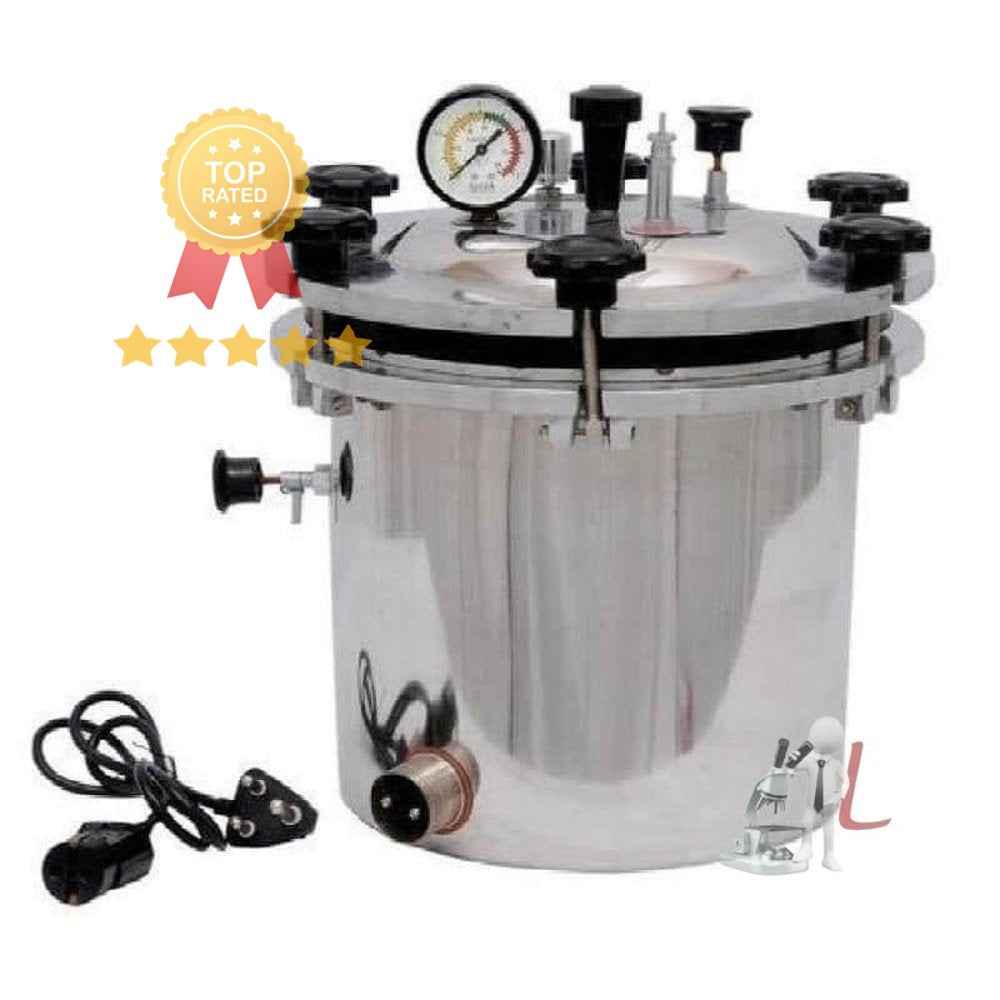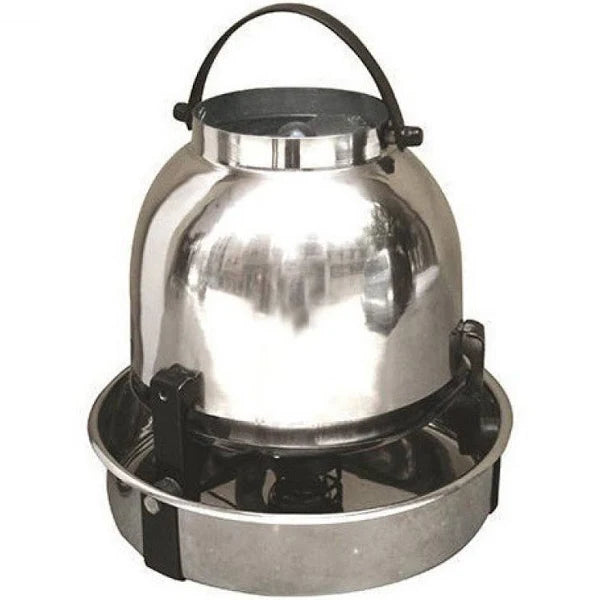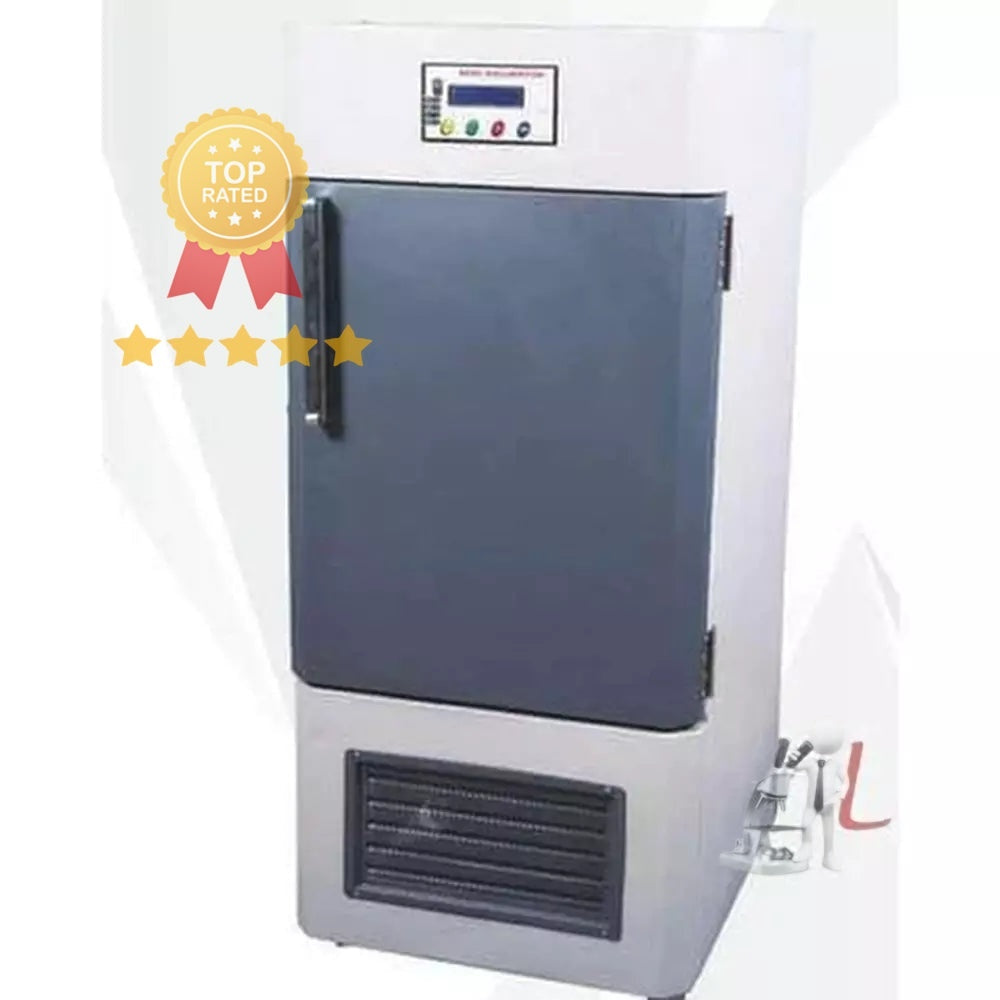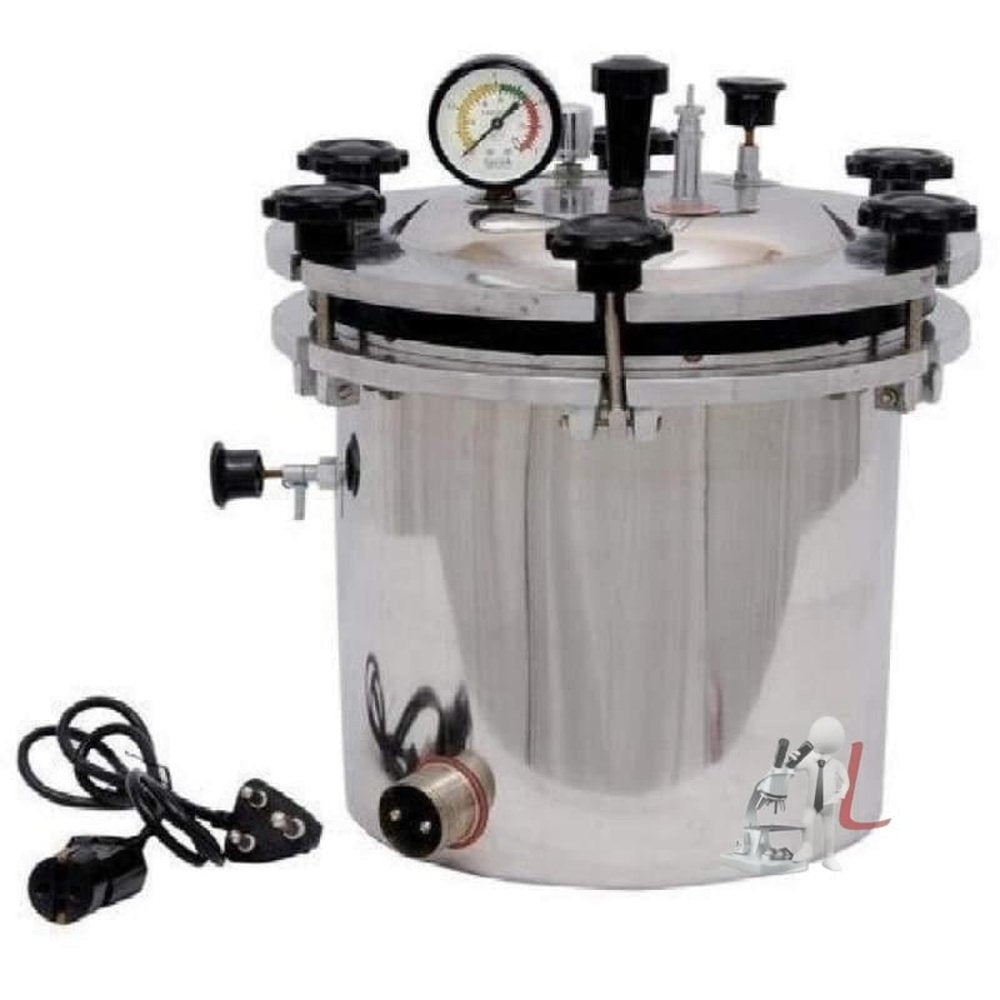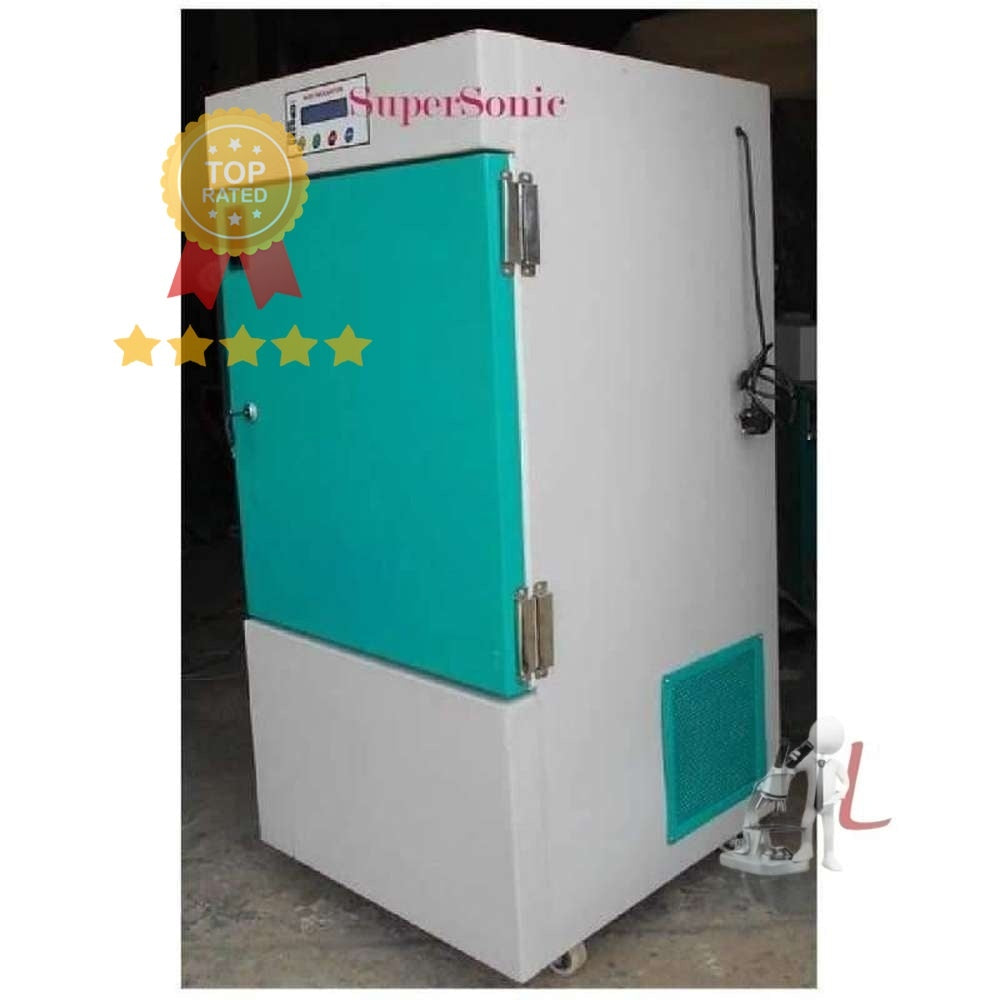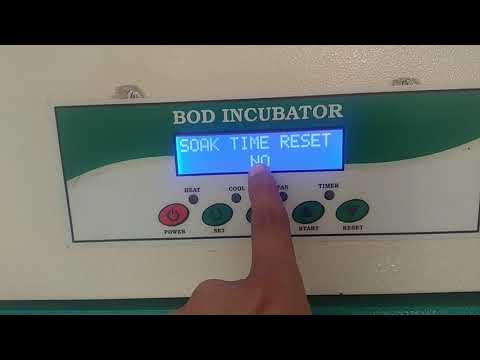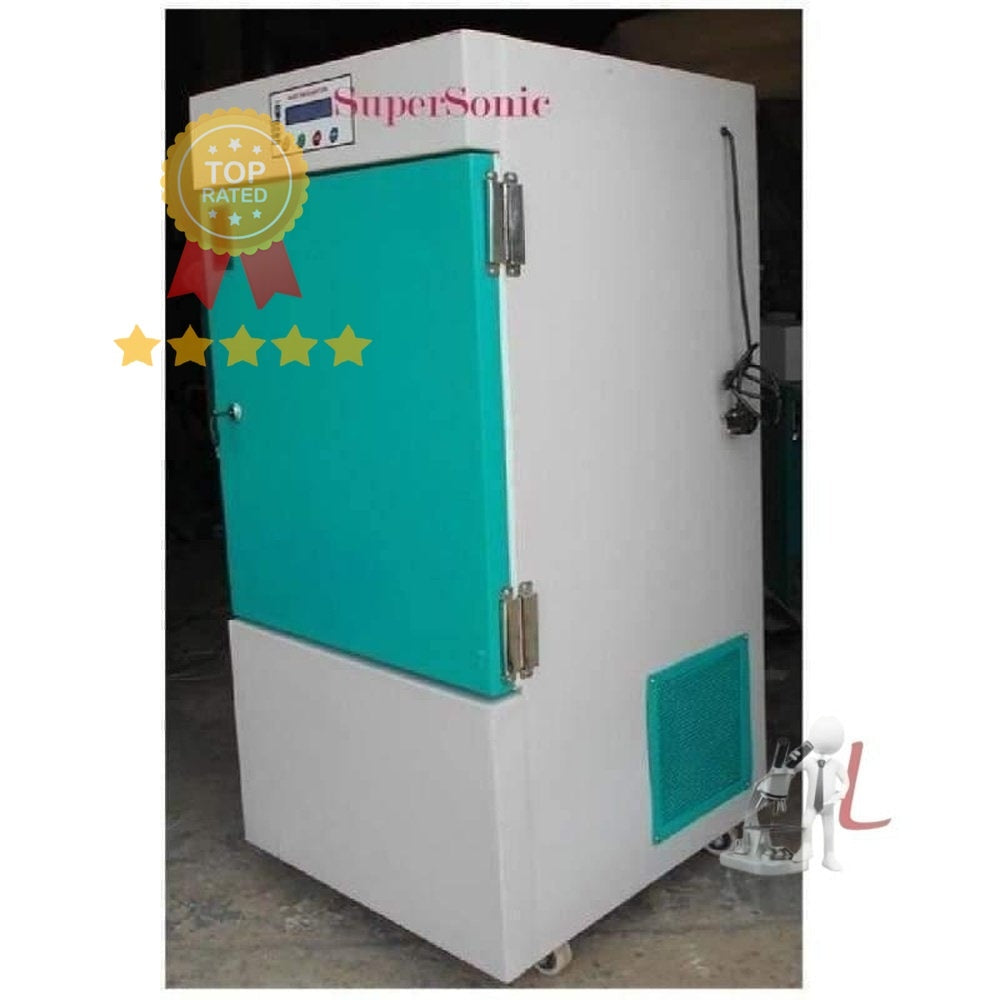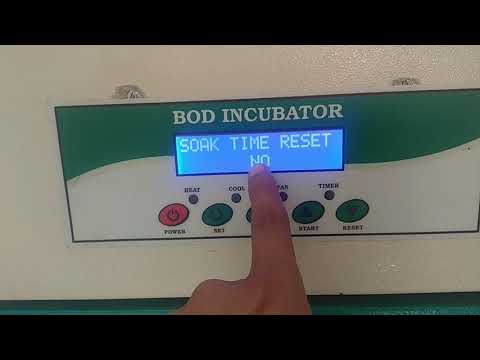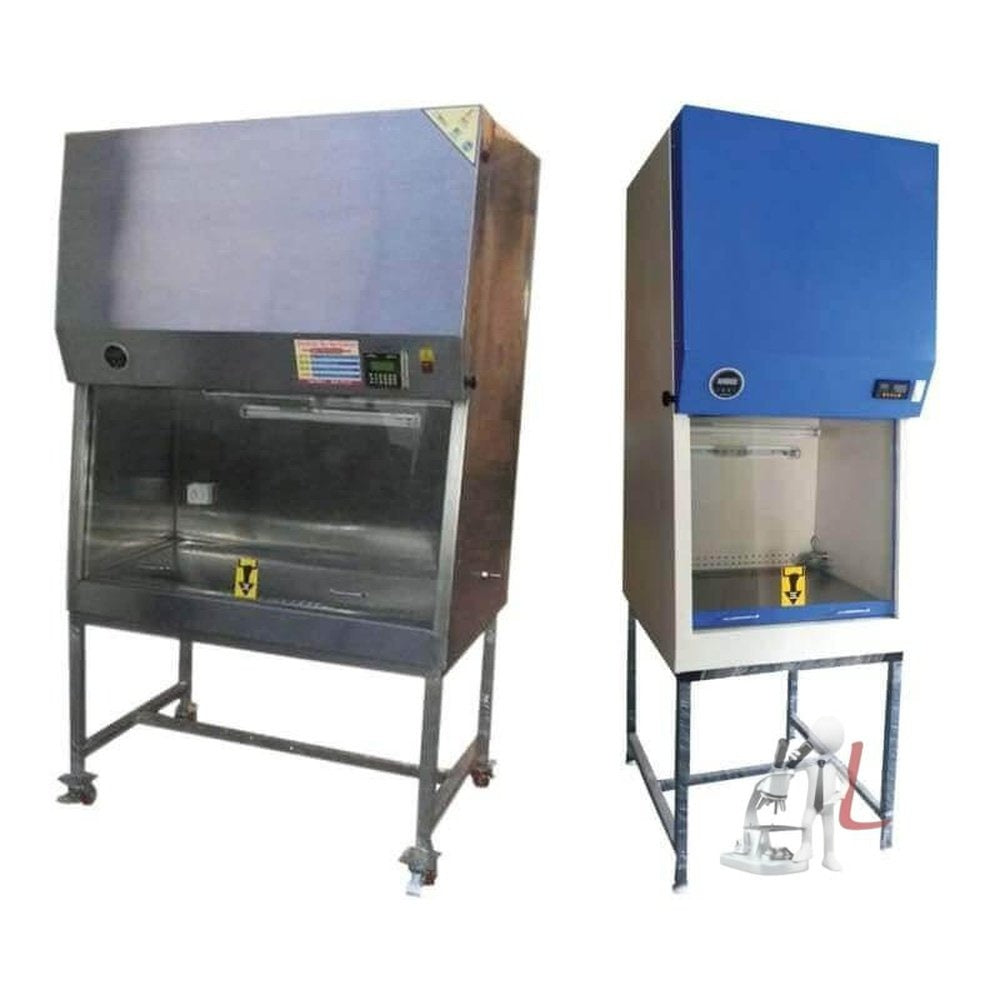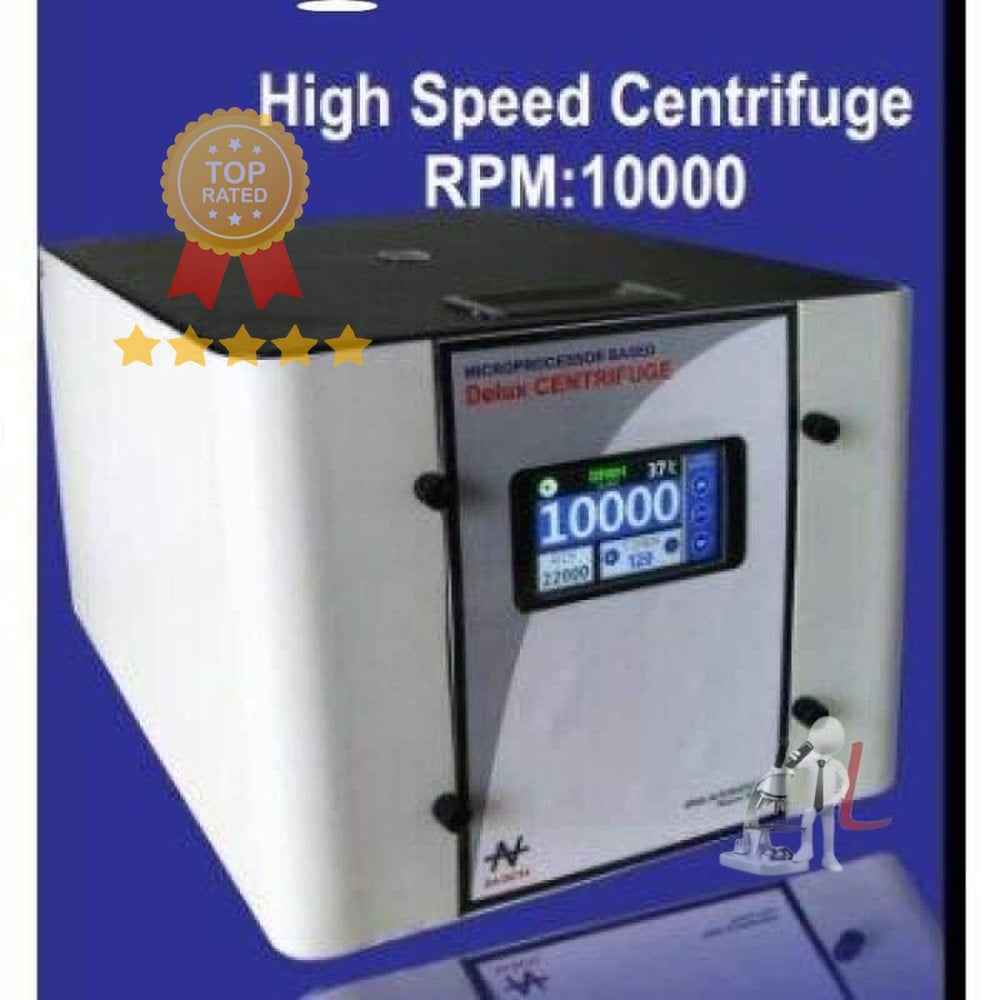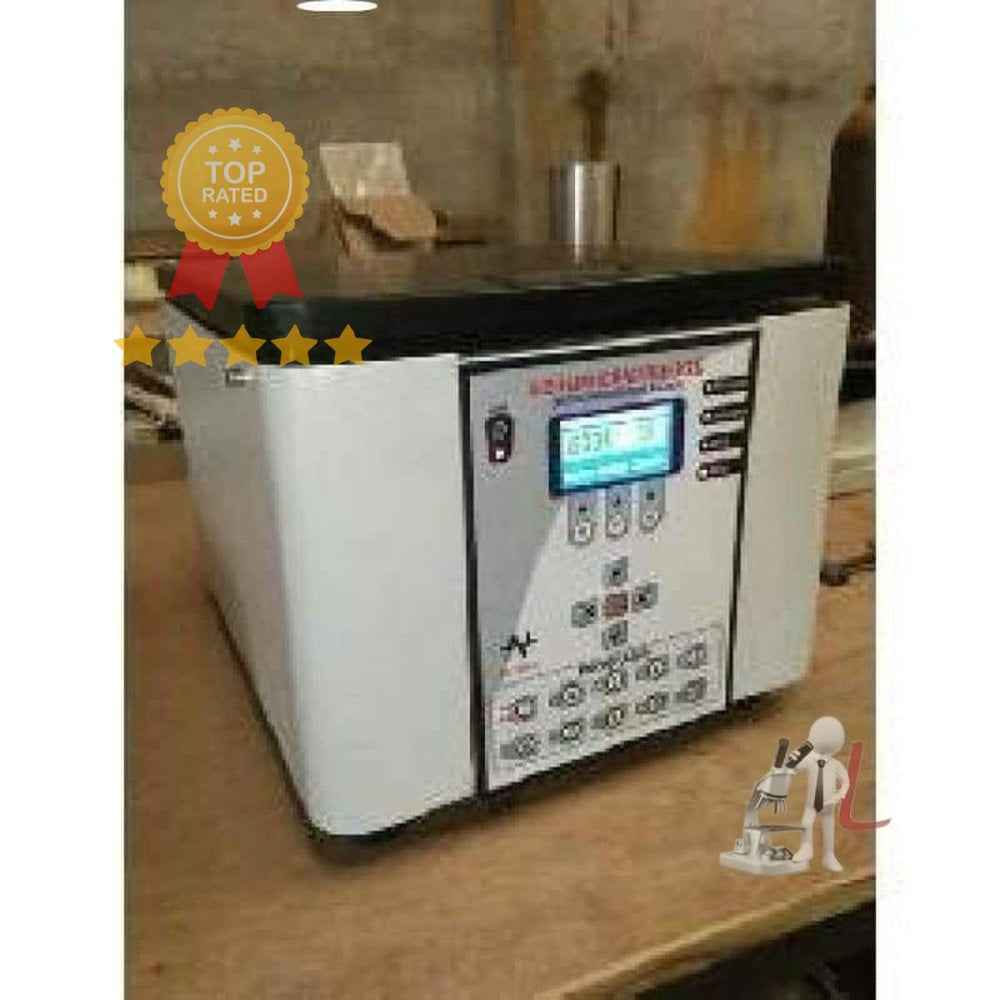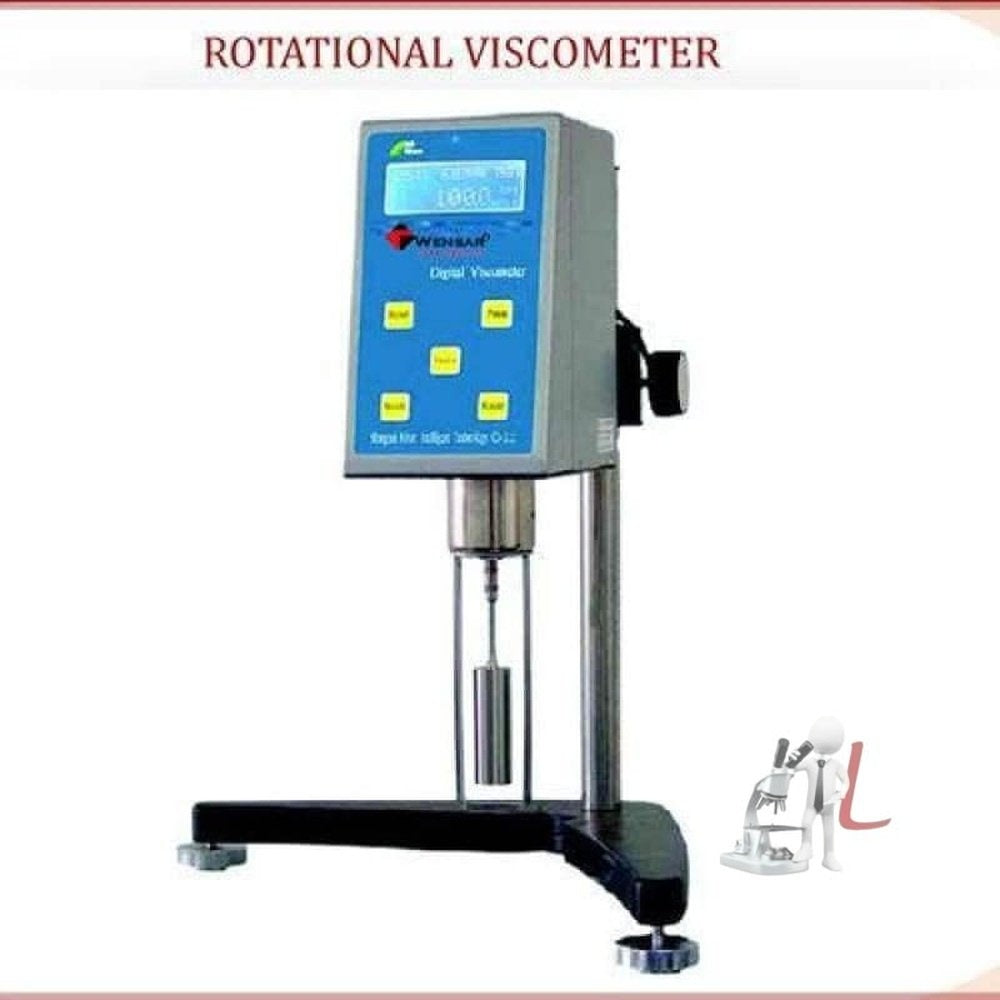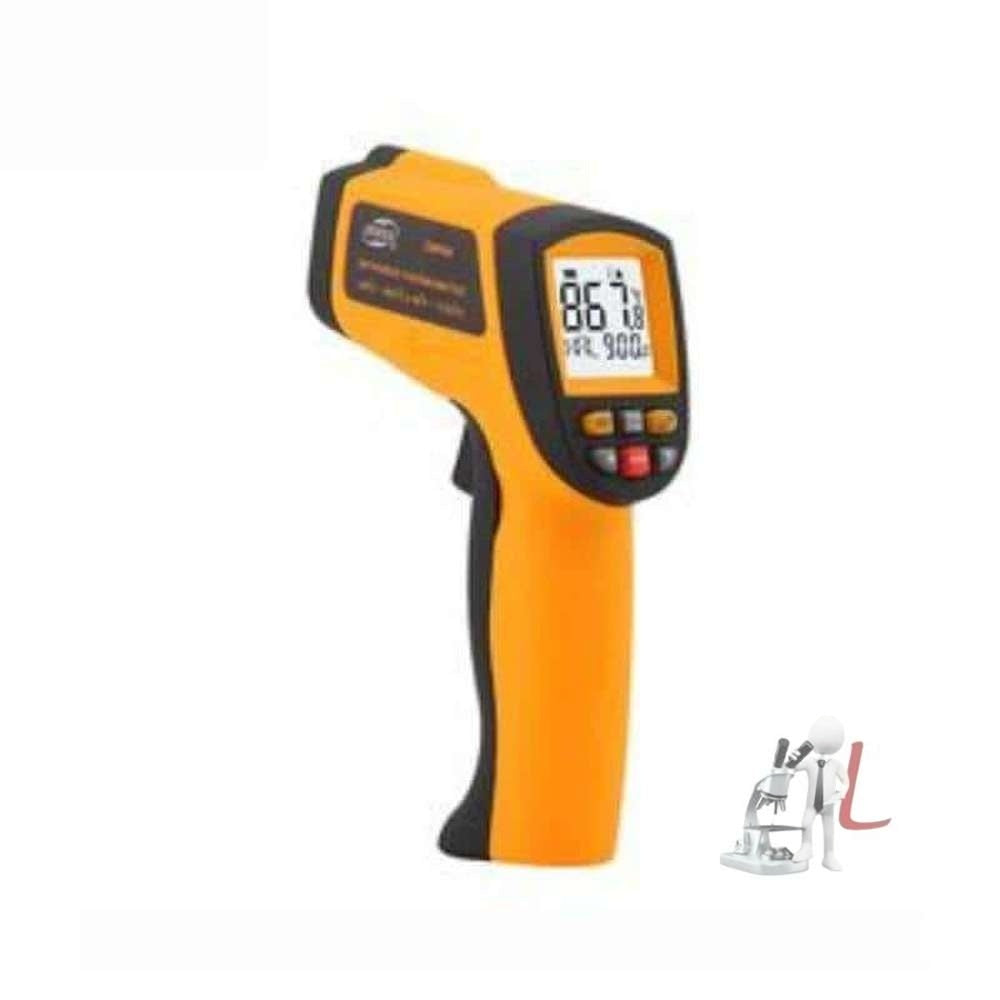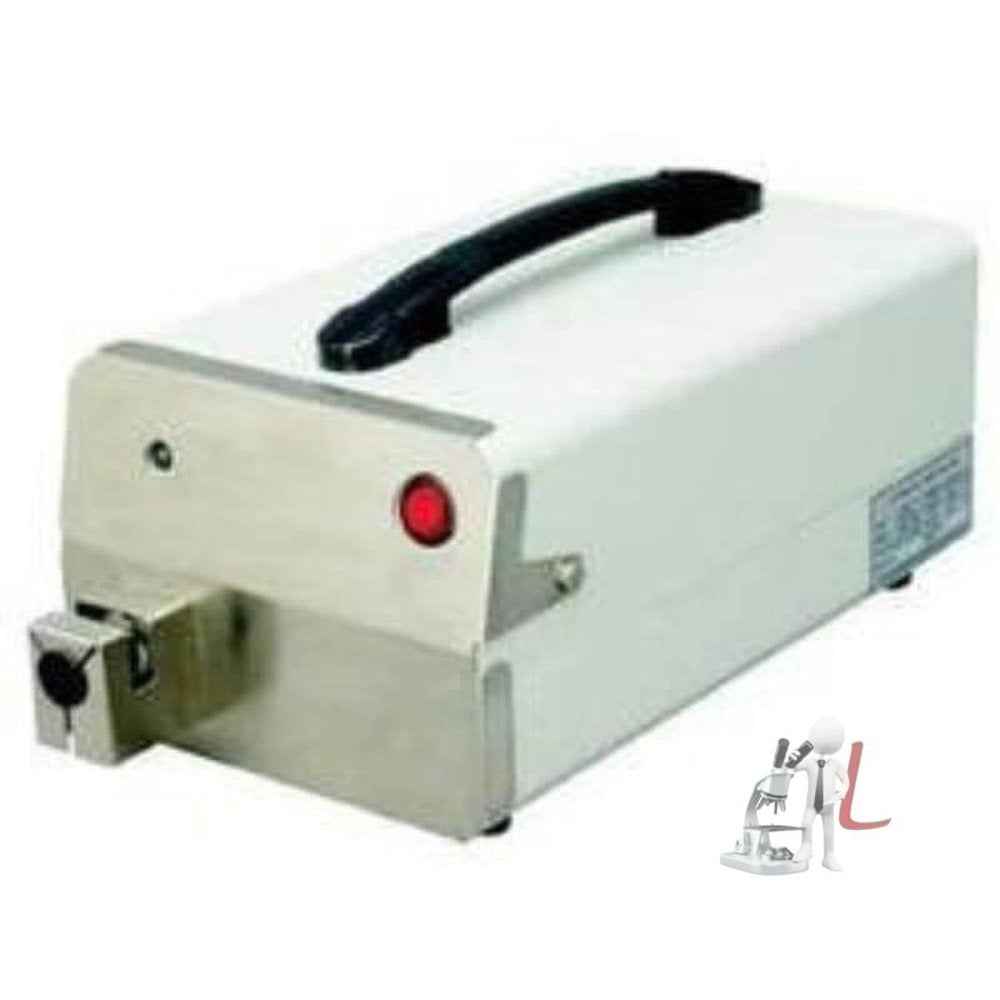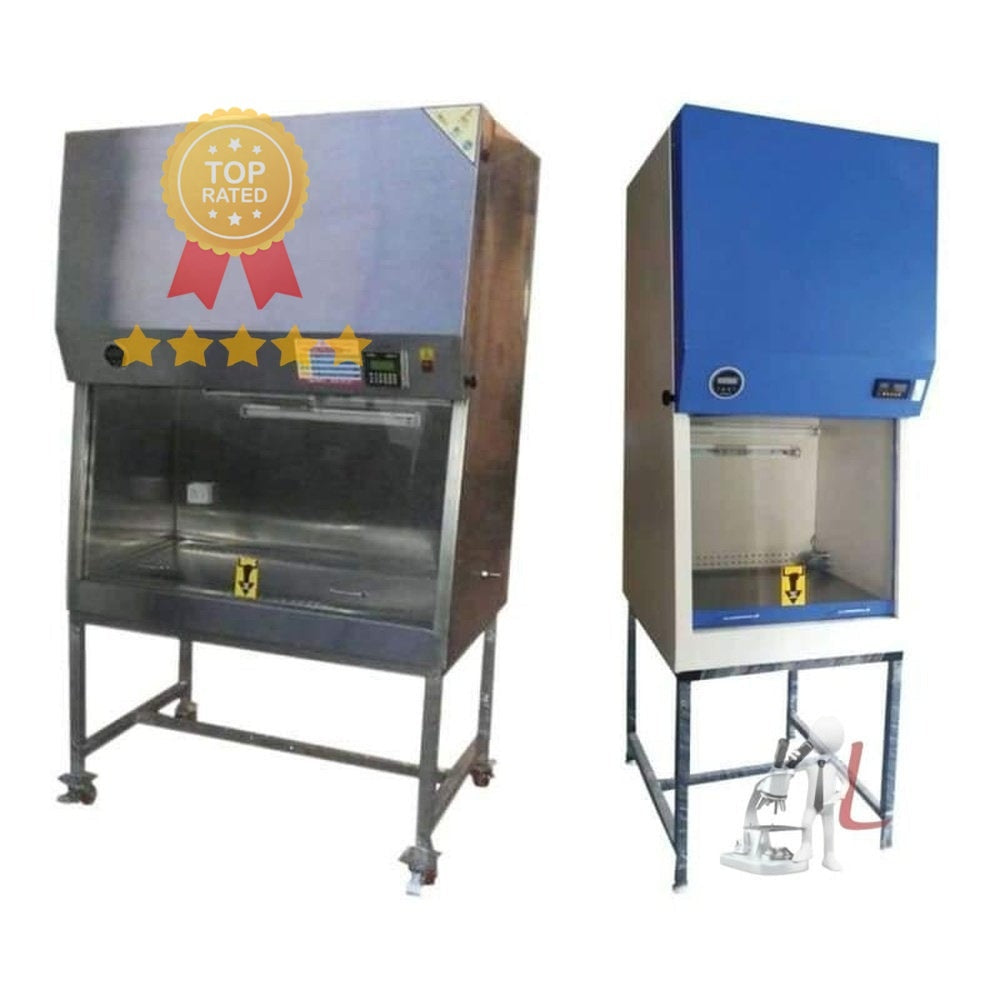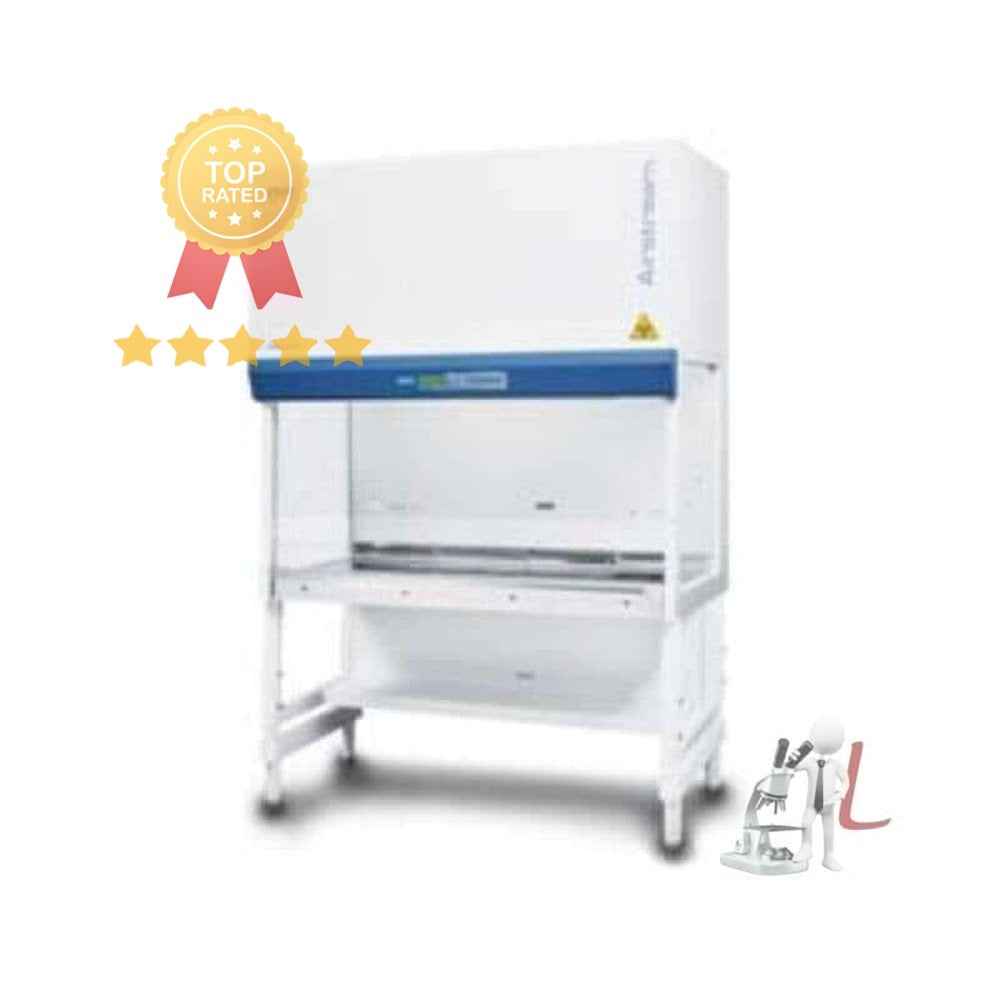Herbal Products Quality Analysis
Herbal Products Quality Analysis is a critical process that ensures the efficacy, safety, and authenticity of herbal products available in the market. With the rising popularity of herbal remedies, understanding and implementing proper quality analysis in a herbal testing laboratory has become paramount. This comprehensive examination goes beyond mere identification of components; it aims to assess the overall quality through various methods and standards.
In a herbal testing laboratory, the quality analysis begins with the selection of raw materials. The quality of herbs can be influenced by numerous factors including geographical origin, climate, and cultivation practices. Thus, sourcing high-quality raw materials is the cornerstone of effective herbal products quality analysis, laying the foundation for successful outcomes in testing and subsequent production.
After sourcing the herbs, the next phase involves a series of stringent tests conducted in the laboratory. Physico-chemical tests are essential in determining the physical and chemical properties of herbal products. Parameters such as moisture content, ash values, and extractive values are routinely measured. These tests help in ensuring that the herbal products conform to quality standards and regulations set by health authorities.
Furthermore, chromatographic techniques such as High-Performance Liquid Chromatography (HPLC) or Gas Chromatography (GC) are employed to identify and quantify the active constituents present in herbal products. Such analytical techniques are crucial for ensuring the consistency and potency of herbal formulations. Accurately determining the concentration of active compounds allows manufacturers to maintain quality control across batches.
Additionally, microbiological testing is crucial in the quality analysis of herbal products. The presence of pathogenic microorganisms can pose significant health risks to consumers. As such, herbal products are subjected to tests for the presence of bacteria, yeast, and mold. Ensuring that microbiological levels are within acceptable limits is essential for consumer safety.
Standardization is another vital aspect of herbal products quality analysis. Standardization refers to the process of ensuring that herbal products maintain consistent quality in terms of potency and composition. This can be achieved through the use of reference standards and guidelines which help in setting benchmarks for active constituents. By standardizing formulations, manufacturers can provide consumers with reliable products, reducing variability across different batches.
With the increasing trend toward natural and herbal products, quality analysis must also adapt to include evaluation for contaminants such as heavy metals and pesticides. Detecting these contaminants is crucial for safeguarding public health. Thus, herbal products are routinely tested to ensure that they are free from harmful levels of substances that could compromise their safety.
Lastly, consumer education plays a significant role in the successful implementation of herbal products quality analysis. An informed consumer is better equipped to make choices that prioritize safety and quality. By raising awareness about the importance of quality analysis in herbal products, consumers can advocate for transparency and quality assurance as they select their remedies.
In conclusion, Herbal Products Quality Analysis is a multi-faceted process that encompasses various methodologies to ensure the safety, efficacy, and quality of herbal products. From sourcing raw materials to conducting rigorous laboratory tests, every step is crucial in maintaining high standards. As the demand for herbal products continues to grow, so does the need for reliable quality analysis in herbal testing laboratories, thereby ensuring consumer safety and product integrity.
Filter
Sort by

